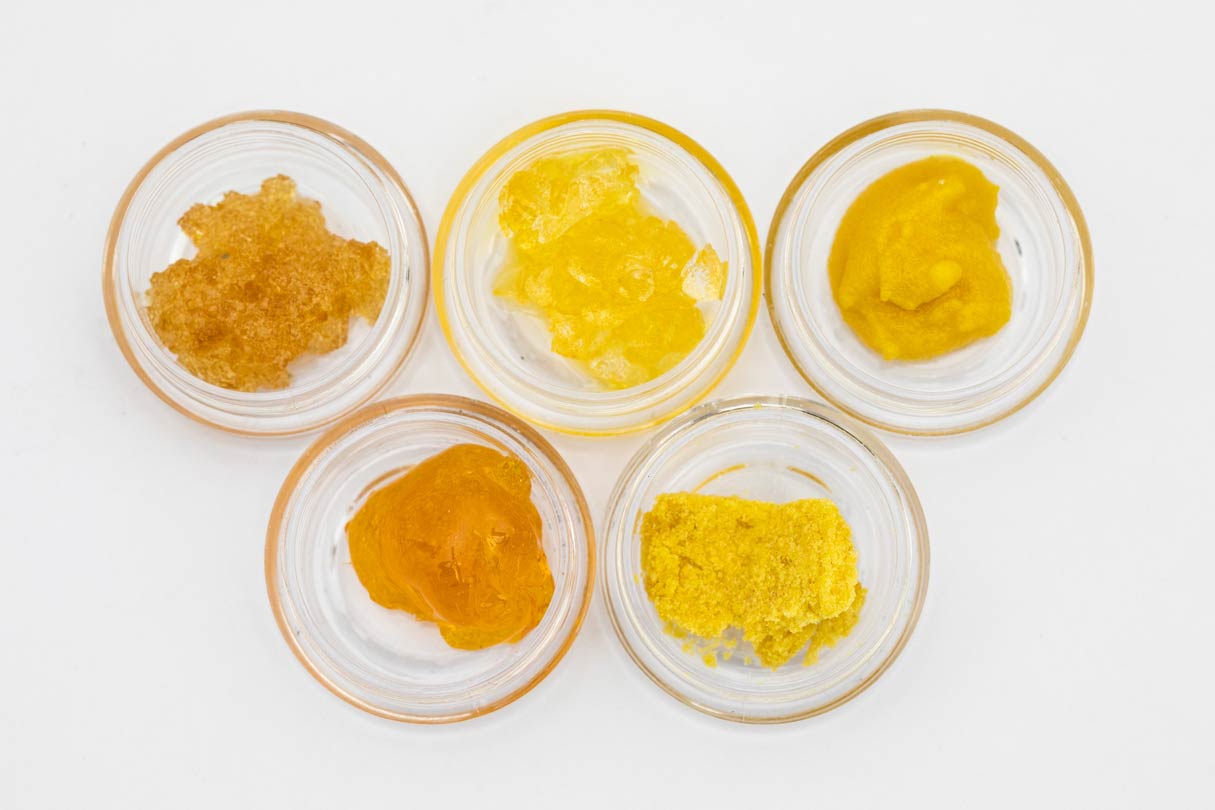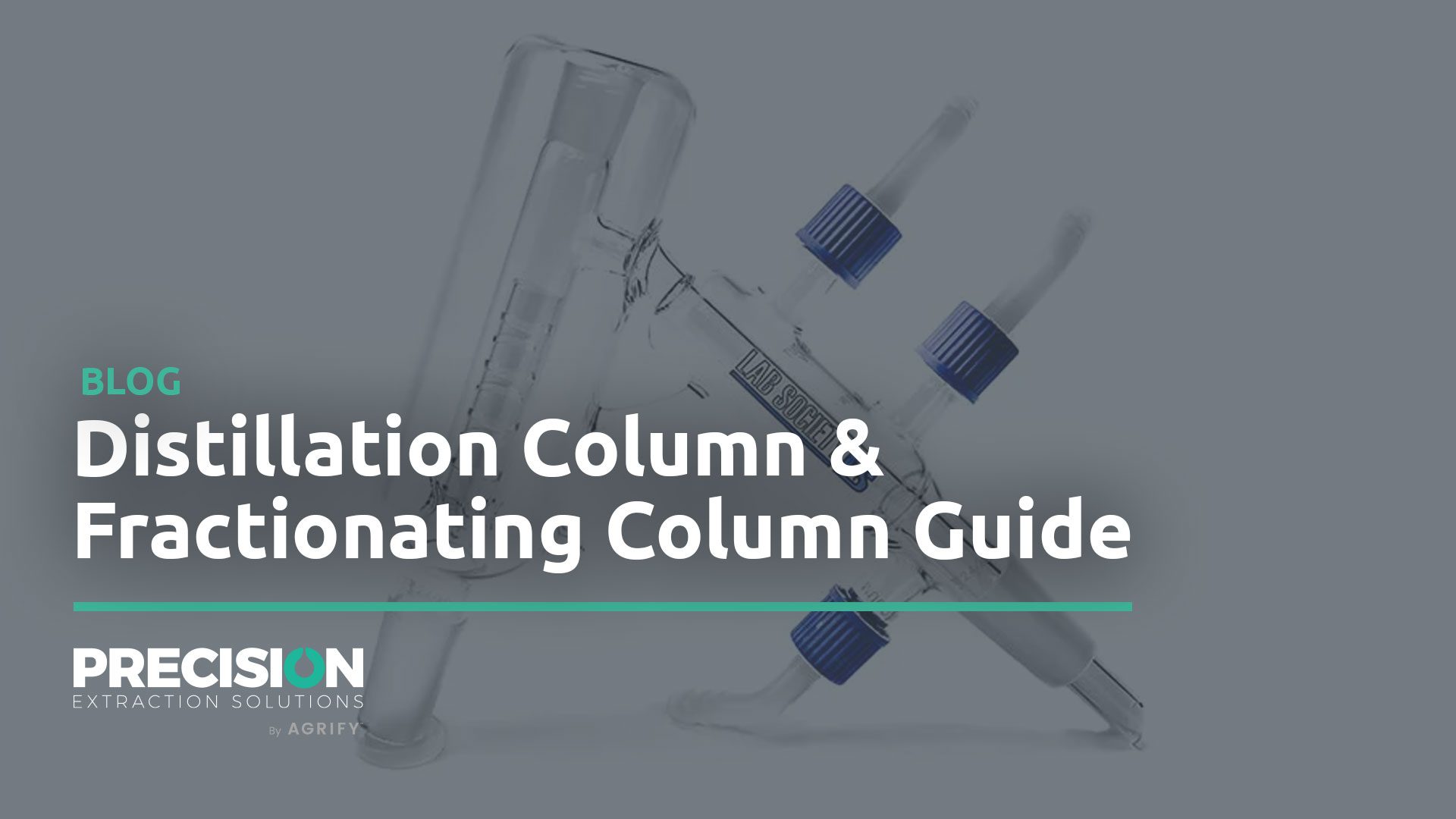
Now that cannabis is transitioning into the legal market in more states, there has been increased interest in perfecting the cannabis extraction process. One step that’s key to the quality of the product is the refinement process, including distillate refinement.
Cannabis is a complex plant comprising over 550 chemical compounds, all having different extracting and drying requirements to preserve their unique characteristics and therapeutic effects. These chemicals are known as cannabinoids, with cannabidiol (CBD) and THC (delta-9-tetrahydrocannabinol) being the most popular.
While most extractive methods are effective, it’s important to further refine the raw cannabis extract to develop finished products, including topicals, edibles, vape oils, etc. Here’s what you need to know about cannabis extraction refinement to produce high-quality products for your clients.
What Exactly is Cannabis Extraction Refinement?
To extract cannabis, a solvent-based (chemical) extraction process is used—this is not to be confused with the solventless (mechanical) process that results in cannabis concentrates. The solvent-based process uses chemicals (e.g., hydrocarbons, carbon dioxide, or alcohol) to dissolve the trichomes, which are the parts of the cannabis plant that contain cannabinoids, terpenes, and flavonoids. These parts typically include the flowers, bracts (where the flowering buds originate), and leaves.
Once the solvent is removed, the extract is left behind. This primary extraction method can be manipulated to isolate specific extracts of CBD and THC derivatives. Cannabis extraction refinement is a multi-step process that further purifies the oil-like extract that’s still considered a “raw” or “crude” oil form. This form can be sold as-is leaving further processing up to the buyer or refined to make a more pure product ready to place on the market.
The Importance of Post-Processing and Refinement
The active ingredients in cannabis must be extracted and separated from the unwanted components, often through distillate refinement. The contaminants may include chlorophyll, fats, waxes, and other substances. Different post-processing and refinement methods can be used depending on the desired end product.
As a secondary step, refinement plays a crucial role in isolating and purifying the extracted chemical components. Some of the benefits include the ability to:
- Change the color of the cannabis extract
- Increase the potency and other desired effects of the extract
- Develop a specific chemical makeup for the extract
- Control the desired consistency and appearance of the extract
As you can see, refinement is an integral part of the extraction process when you don’t want specific contaminants left behind that can impact the quality and safety of the product. Also, refinement offers the means to create CBD isolates, a 98-100 percent pure white powder with THC levels that fall below legal limits.
Methods Used to Refine the Extraction Process
When cannabis is processed, crude or raw oil is left behind, requiring further processing. Several methods can be used to refine the extract by getting rid of the unwanted contaminants and other substances.
Distillation
Distillation involves heating the crude cannabis extract to turn it into a vapor and then cooling it back into a liquid. Because different substances have different boiling points, the one with the higher boiling point will be vaporized first and carried through the distillation system, where it’s chilled and turned back into a liquid. In this way, the contaminants can be separated from the desired cannabis components, resulting in distillate refinement.
The extract will often need to be distilled several times. The first time separates the most volatile contaminates, and the second time separates the waxes and other plant materials left behind. The remaining cannabinoids or terpenes are purified. This process produces extracts with highly concentrated levels of THC.
Winterization and Filtration
Winterization involves dissolving the raw extract into ethanol or a similar polar solvent. The mixture is cold-treated to reach a temperature that’s below freezing. As a result, fat floats to the top to be filtered out. The remaining extract is much more clean, pure, and stable.
Decarboxylation
Decarboxylation is used to convert the acidic form of THC produced by the cannabis plant called tetrahydrocannabinol acid (THCA). THCA does not have the same psychoactive effects as THC, but it’s the primary cannabinoid naturally found in the plant. THCA isn’t converted to THC unless exposed to sunlight or heated when vaped or smoked. However, through decarboxylation, a chemical reaction from heat causes the carboxyl group (COOH) to get removed from the THCA, and carbon dioxide (CO2) is released so that the THCA is converted into THC. The refined extract can then be used for edibles or other oral applications. This process is usually performed before any distillation or filtration because the heat during extraction doesn’t always convert THCA.
The refining process will depend on the end product desired but typically involves either distillation or filtration. In all cases, you’ll end up with a more concentrated product.
High-Quality Equipment Matters
The CBD market has snowballed and is expected to be more than $89 billion by 2026. As cannabis enters the legal market, consumers’ demand for a broader range of products is increasing. Diversity in cannabis end products is possible through cannabis extraction refinement.
There are many approaches to extracting cannabis derivatives, some better than others. The quality of the plant materials you start with matters, but the extraction method can significantly impact the quality and composition of the end product. However, even the best cannabis plants extracted using the preferred process can still produce poor quality products if using subpar equipment.
At Precision, we know cannabis extraction refinement inside and out, and we understand how crucial it is to use high-quality equipment. That’s why we offer state-of-the-art equipment designed to help you develop high-quality products, like our Distillation System, Decarb Reactors and Bead Bath.
Want help designing your lab? Our experts are here to help.








